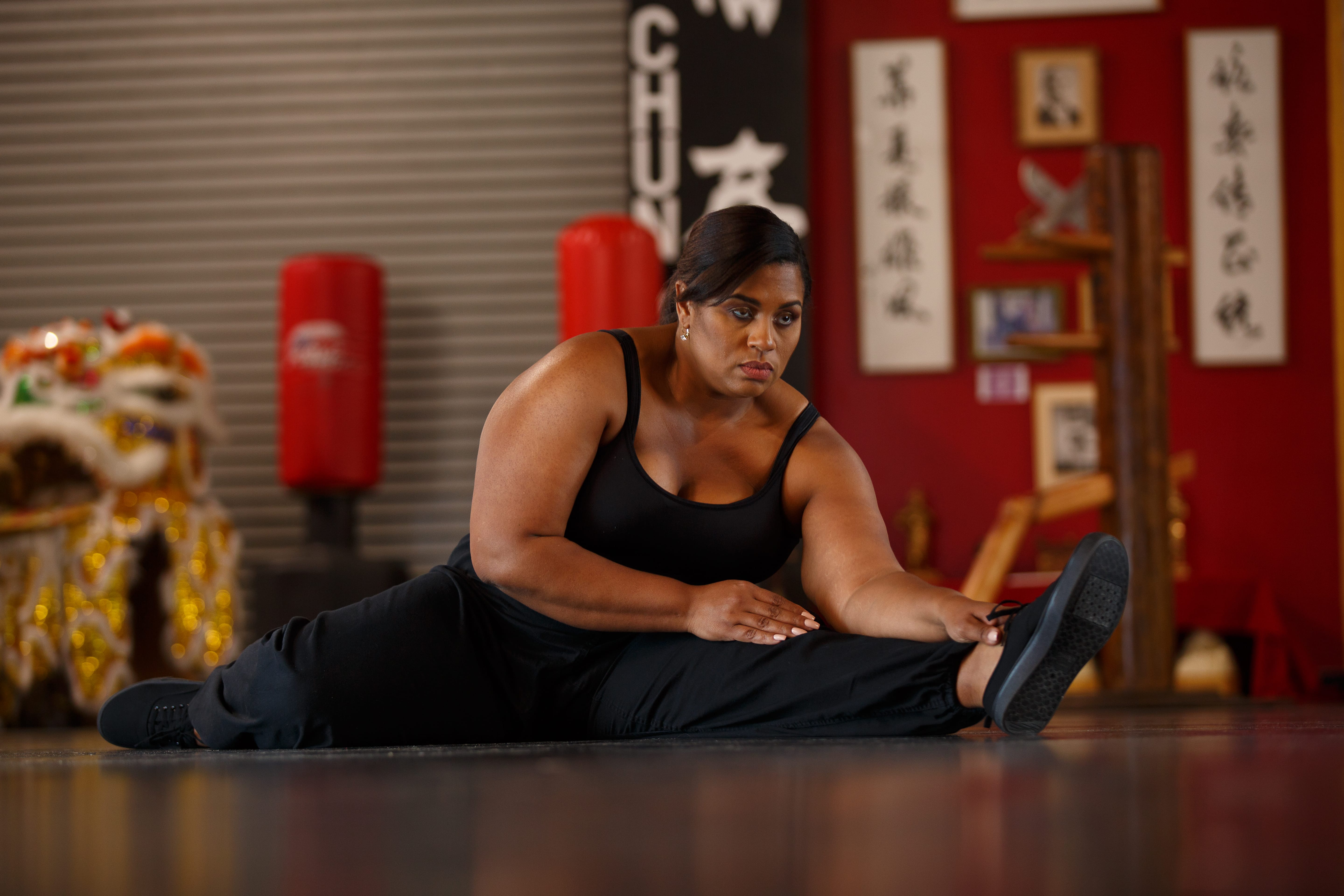Getting into Exercise at Any Level

Get the Go-Ahead
Step 1: get your doctor’s approval! This can give you confidence that you are on the right track and that you are going to be safe while exercising. Find out whether you have any exercise restrictions such as type of exercise or a safe heart rate. Once your doctor gives you the okay, you have no more excuses!
Walk, Swim, or Bike
The first goals of an exercise program for beginners are often to get your heart rate up and burn a few calories. Walking, swimming, and stationary biking can be the safest and most comfortable options for many weight loss surgery patients.
- Start at a slow, easy pace without pushing yourself before you are ready.
- Only go for a few minutes at the beginning, and work up gradually as you get into better shape.
- Focus on yourself, and don’t compete with others’ paces or workout lengths.
- Stay positive, since it gets easier as time goes on!
Pump Some Iron
Walk into a co-ed gym, and you are likely to see two groups. The men are lifting weights, while the women are focused on cardio and tied to machines such as ellipticals, treadmills, and bikes. Which group should you be in?
Both! While cardio, or aerobic exercise, burns calories and helps your heart, blood sugar, and other health measures, strength training has its own benefits. It helps you lose weight by building muscles, which burn more calories all day, and it improves your bone health. Strength training does not bulk you up; it makes you toned and lean. You have all kinds of options.
- Lifting dumbbells or barbells.
- Using weight machines at the gym.
- Pulling on resistance bands.
- Trying exercises that use your own body weight as resistance.
Work on each of your major muscle groups, including biceps (front of arms), triceps (back of arms), shoulders, chest, back, hips, quadriceps (front of thighs), hamstrings (back of thighs), calves, and core – your abs and obliques. The ultimate goal is to work each muscle group at least two days per week, making it tired but not straining.
You might want to ask a trainer or an experienced friend for help with ideas for exercises, as well as for demonstrations on proper form. You do not want to get injured!
Do a Full Workout
What is the difference between a workout and a full workout, you ask? The workout is the main part of your exercise, such as a brisk walk and/or a weight lifting session. A full workout starts earlier and ends later because it includes:
- A 5 to 10-minute warmup such as slow walking or easy cycling to gradually get your heart up from its resting rate to its workout rate.
- Your main workout, such as brisk walking, an aerobics class, or a tennis match.
- A 5 to 10-minute cool-down, such as slow walking on the treadmill or in the pool.
- 5 to 10 minutes of stretching to keep your muscles loose.
The full workout takes a little longer, but keeps your injury risk down and lets you get more out of your workout and entire exercise program.
Be Realistic
Some exercises may not be comfortable or feasible when you are carrying around extra weight. Do not fight with yourself or get down on yourself. Just be patient. Do what you can, and you will gain new skills as you get in better shape.
Exercise can be one of your greatest gifts to yourself on the weight loss surgery journey. It is hard and getting started is hard, but the rewards are well worth it. Good luck!



Newme17 3,444
Posted
I love exercising! Before and after WLS. Great article. 😊
Share this comment
Link to comment
Share on other sites